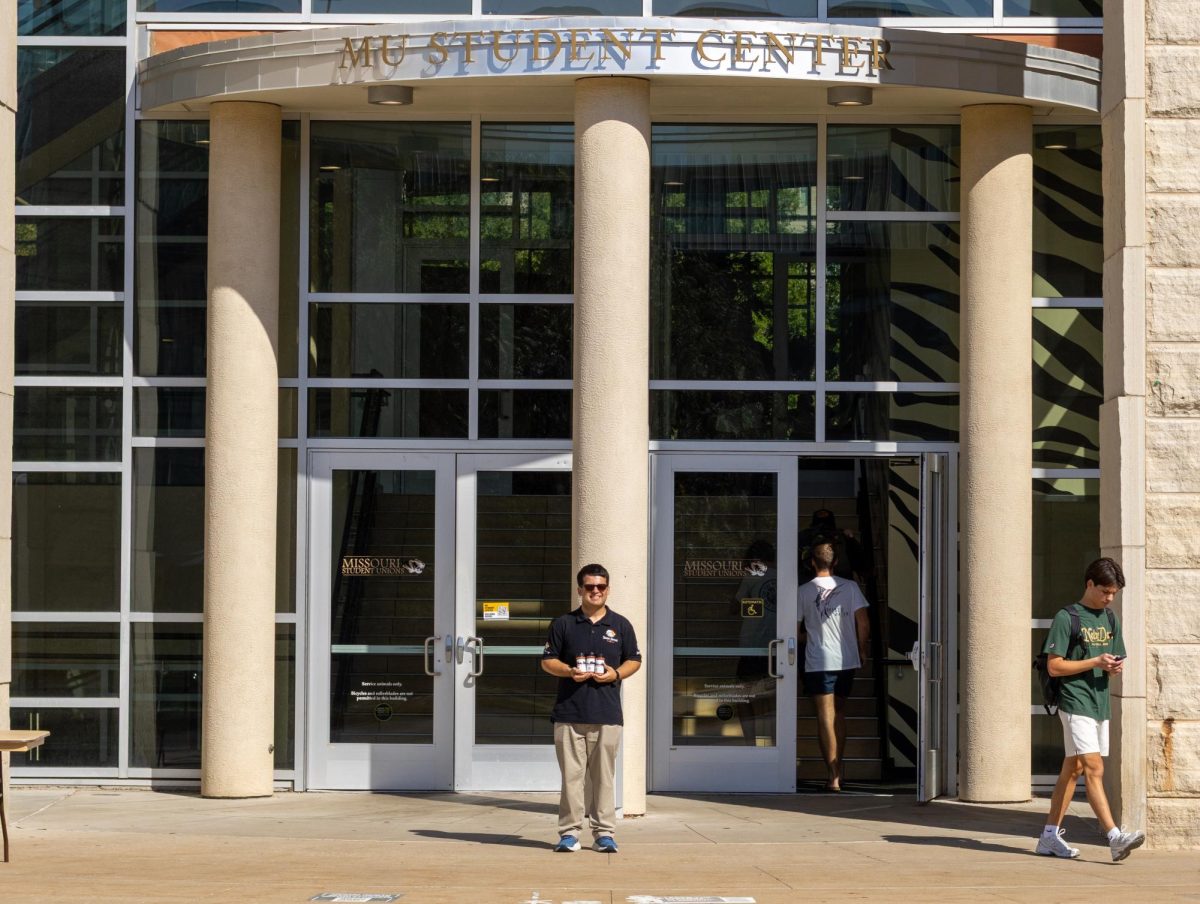MU researchers developed a cancer treatment that could place scientists a step closer to curing the serious disease.
The breakthrough treatment was developed by a team of 30 researchers, led by M. Frederick Hawthorne, a Curators’ Distinguished Professor of chemistry and radiology. The treatment put cancer into remission in mice and has produced none of the harmful side effects of conventional chemotherapy and radiation treatments thus far.
Hawthorne, who was [awarded](https://www.themaneater.com/stories/2013/2/8/president-barack-obama-awards-mu-professor-nationa/) the National Medal of Science in February by President Barack Obama, led the team in developing the Boron Neutron Capture Theory of cancer.
The treatment uses BNCT to make cancer cells absorb an atom consisting of a boron chemical designed by Hawthorne. Once exposed to neutrons, the boron atom shatters and destroys the cancer cells while sparing healthy cells.
Hawthorne said the treatment is unusual because it combines both a chemical drug and mild form of radiation.
“Radiation is rough,” he said. “I know because I’ve done it.”
It would usually take about 35 radiation sessions to have a chance of successfully treating the patient’s cancer, Hawthorne said. With BNCT, it will only take two or three sessions.
“It is 10 times milder, and you don’t suffer,” Hawthorne said.
Hawthorne and his team have successfully cleared the first step of creating a treatment to cure cancer: giving mice their walking papers.
“The first step is discovery,” Hawthorne said. “We use a small animal like a mouse to develop the drug.”
Hawthorne said the first step of testing helped the lab discover how much of the treatment to give and when to give it. The cancer-bearing mice given the treatment are now recovering.
“It’s a great big step,” Hawthorne said.
The next step will involve treating dogs with spontaneous cancer. In these cases, the lab does not give the dogs cancer, but brings in dogs that already have the disease to use as test patients.
The last and final step involves treating people with cancer. The lab would set up a clinical trial, in which cancer patients can choose whether or not to participate.
“Each step is encountered in order, and we must pass each stopping point,” Hawthorne said.
Hawthorne said that to move from treating mice to treating humans, there is a time period of anywhere from three to five or six years.
“We’re in good shape on mice, and we’ll be treating dogs this coming year,” Hawthorne said. “As we’re treating dogs, we’re getting ready to treat people. We’re not wasting time.”
Hawthorne has been working on this project for the better part of 50 years.
“I’ve been working on it since 1956,” Hawthorne said. “I’ve been trying to find the chemistry that works. And I finally did.”
Hawthorne is the director of MU’s International Institute of Nano and Molecular Medicine, where the team developed the treatment. The institute, referred to as I²NM², is a campus research center dedicated to the discovery and application of translational medical science, which combines chemistry, nanotechnology and the biosciences, according to its website.
“It’s really a team effort,” said Satish Jalisatgi, assistant director at MU’s International Institute of Nano and Molecular Medicine and research assistant professor of radiology. “We have a nuclear scientist, a chemist and a radiation oncologist helping. All three are needed for us to have substance in BNCT.”
Jalisatgi said the main limitation of BNCT in the past has been a lack of a good boron-targeting agent.
“MU is at the forefront of that effort,” Jalisatgi said. “We think ours is extremely promising. It’s the first chance at making BNCT work.”
Jalisatgi said the whole lab is pleased with the success and can’t wait to move forward.
“We’re coming along as quickly as we can,” Hawthorne said. “It will be a while, but it’ll happen.”
Freshman biology major Thalia Sass said she is excited to watch the lab’s progress treating larger organisms.
“I think it’s amazing that we have such progressive research in our own backyard,” Sass said. “Everything that he’s doing is groundbreaking and such an amazing credential for Mizzou.”







